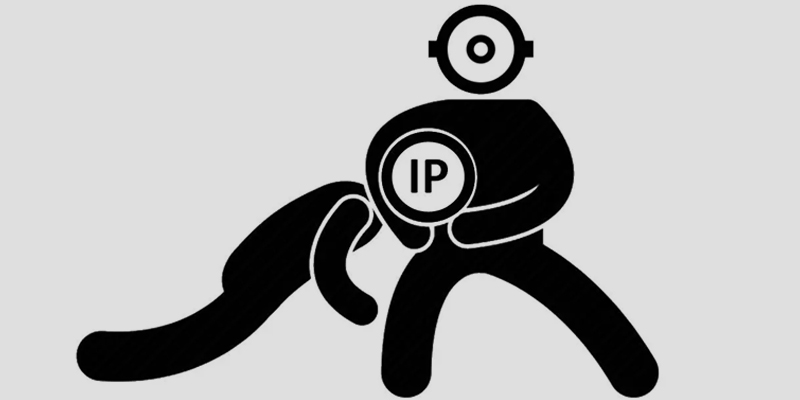BCS Stories
Transitioning from SDI to IP

IP has been the buzzword in the broadcast industry for quite some time. Despite the advantages it offers in terms of cost- cutting and scalability, transition to IP comes with significant challenges.
The areas of concern are not just limited to implementation, but also involve operational and technical areas that need attention.
Also read, All IP or hybrid SDI? The fight is on!
Ironically, India the fastest growing market in the media and entertainment industry, has found media houses reluctant to jump on the IP bandwagon as issues, related to technical operations and available skill sets, loom large and inhibit adoption.

In live production, IP has proven effective when it comes to delivering content across multiple platforms, but when it comes to live production, Indian media houses, especially the ones covering sports and news often struggle with latency issues.
Moreover, troubleshooting technical issues is even more difficult in the IP environment, unlike the SDI where video travels one at a time over a single cable. IP, on the other hand uses ethernet cables, which carry multiple signals at the same time, and isolating the issues in the IP environment becomes an arduous task.
Many broadcast pundits cite latency as a major hurdle, and hold it responsible for
IP continuing to be at an infancy stage in India.
Since IP uses packets to transmit video, a loss of packet will result in network buffering that can annoy the Indian sports lovers, especially in the middle of a nail-biting cricket or soccer match or a groundbreaking news report.
On the same note, unlike the SDI routers that switch video sources instantaneously, routing behaviour of an IP router is unpredictable, and switching comes with delays, that can negatively affect live production in unimaginable ways, especially when working with vision mixers and cameras that require instant switching in a live environment.
Security of IP networks has also been a subject of debate among broadcasters. India has witnessed a rise in cyberattacks recently, and migrating to IP setup may increase the vulnerability of production houses.
The use of precision time protocol (PTP) in video production still falls short of expectations in comparison to SDI setup, which uses reference signals to effectively synchronize video signals. The PTP on the other hand exhibits failover behavior and the related troubleshooting issues related can be time- consuming for the engineers involved.
Transmitting high- definition videos under traditional SDI requires only about 5 Mbps of bandwidth, whereas transmitting similar content over IP required requires a much larger bandwidth, as it also needs to avoid latency issues and network buffering on the viewer’s’ end.
Though the internet is extremely affordable in India, it ranks much lower in terms of quality and speed. According to research, India ranks 79th out of 85 countries when it comes to quality of digital well being.
Unlike their Wwestern counterparts, TV channels in India grapple with unstable internet and frequent downtime from their service providers, translating into delivering content through IP not necessarily being a win-win option.
Media houses located in tierTier-2II cities often complain of internet fluctuations despite having a main and a backup internet connection. Such fluctuations lead to glitches and pixelation in the video output, that is presented to the viewers both on TV and on online platforms.
Another factor that goes against the adoption of IP in India is the need of higher bandwidths for video transmission. With the emergence of UHD videos, which require transmission of uncompressed signals, the need for bandwidth increases, which also proportionally increases the overall cost.
However, most of the TV channels in India produce content that is suited for the local community, and interestingly these local TV channels or regional players still transmit their content in SD format to cover a broader audience with a much smaller SDI infrastructure, which is much easier to operate and maintain than the IP counterparts.
Moreover, transmitting content in SD requires less bandwidth, forcing these regional media houses to adopt a “wait and watch” approach when it comes to embracing IP technology.

A hardcore broadcast engineer with sound knowledge on audio and video will find it hard to understand the workflow under IP. Similarly, a network engineer will have his task cut out in dealing with broadcast principles, which is are quite new to him.
This requires broadcast engineers to work in liaison with network engineers to troubleshoot issues in the IP broadcasting.
Unlike the countries in Europe and North America, where the media organizations put in considerable effort in upskilling their technicians and engineers to keep pace with technology changes, media houses in India do not invest enough in upskilling their employees, creating a skill gap in the long run.
Even if he chooses to upskill on his own, getting an actual certified training in network and switches comes at a cost, that can be a bit expensive from what an average broadcast engineer in India can afford.
The lack of right talent has inhibited several media channels and delayed their move to IP broadcasting.
Also, shifting to IP broadcasting is no easy task. Broadcast engineers and the production crew to avoid unexpected failovers need to spend a considerable amount of time, testing the IP devices and understand its their behavior in real- life scenarios, especially in live production.
Of course, it’s hard to imagine any broadcaster fully transitioning to IP in one fell swoop. Some operations are going IP out of the cameras, but somewhere in the broadcast chain the signal gets turned back to SDI, edited, reproduced, repurposed, and then sent back out.
These islands can be managed. They could have all IP workflows operating in master control, studio(s), or in the routing system. Camera feeds could still be SDI. By converting SDI to IP, you create a hybrid workflow to do whatever you need with the IP signal.
The benefit of a hybrid infrastructure is the ability to integrate existing workflows and technologies with new devices and technologies as part of a managed transition, an approach that will continue to be appealing for some time.
Unlike in the past, where when the Indian audiences relied on TV for entertainment and information, the availability of streaming apps at the fingertips mean that the broadcasters are now forced to scale and deliver their content across different online platforms, and finally transitioning to IP is the only way forward. For, IP is here to stay.





You must be logged in to post a comment Login